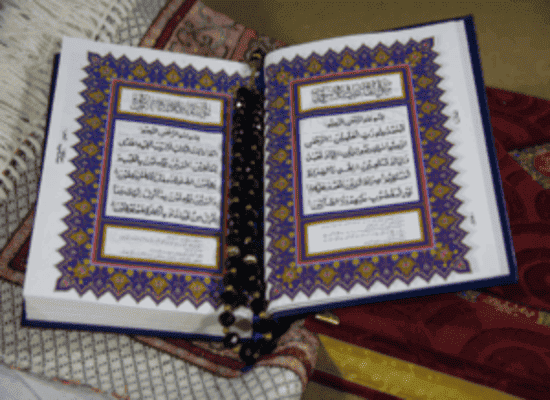Ashiddah, At-Tawassut and Al-Rakhawa pronunciation & Examples
What is the difference between Ashiddah, At-Tawassut and Al-Rakhawa pronunciation & Examples? Certainly! Let\'s delve into the fascinating world of \"Ashiddah\" and \"Al-Rakhawa\", two intriguing characteristics of Arabic letters. These qualities play a crucial role in pronunciation and contribute to the beauty of Arabic language. what the meaning of Ashiddah and Al-Rakhawa? Ashiddah (الشدة) - The Strength Ashiddah refers to the strong stoppage of sound upon pronunciation of a letter when it carries a sukoon (a diacritic indicating the absence of a vowel). Here are the key points about Ashiddah: 1. Definition: When you encounter a letter with Ashiddah, you emphasize its sound by relying strongly on the makhraj (the point of articulation) or by constricting it. 2. Examples: Some letters exhibit Ashiddah, including ل (lam), ن (noon), ع (ain), م (meem), and ر (ra). 3. Practice Example: When pronouncing these letters with a sukoon, ensure a robust and clear…
Al-Jahr and Al-Hams in the context of Tajweed
Al-Jahr and Al-Hams in the context of Tajweed, the rules of proper Quranic recitation. Meaning of Al-Jahr and Al-Hams in Tajweed 1. Al-Jahr (The Apparent): Definition: Al-Jahr refers to the controlled, restricted breath flow when pronouncing certain Arabic letters. Application: When a letter has Al-Jahr, you pronounce it with strength at its articulation point. The breath does not flow freely during its pronunciation. Examples of Al-Jahr Letters: Most Arabic letters fall into this category, except for the specific Al-Hams letters (which we’ll discuss next). For example, letters like ب (ba), ج (jeem), and د (dal) exhibit Al-Jahr characteristics. Quran by Call academy offers online classes of 📍1-Quran ( Reading & Memorization ) 📍2- Tajweed rules studying 📍3- Islamic studies 📍4- Arabic ( speaking & writing & Reading) 2. Al-Hams (The Whisper): Definition: Al-Hams involves the flow of breath when pronouncing certain Arabic letters. Application: When a letter has Al-Hams,…
Tafseer (interpretation) and Benefits of Surah Al-Fatiha
Let’s delve into the tafseer (interpretation)and benefits of Surah Al-Fatiha: 1. Tafseer (Interpretation) of Surah Al-Fatiha: Surah Al-Fatiha, also known as “The Opening,” holds profound significance in Islam. It is the first chapter of the Quran and is recited in every unit of the Muslim prayer (Salah). The Surah emphasizes the oneness of Allah, His mercy, and our dependence on Him. Let’s explore its verses: Verse 1: “In the name of Allah, the Gracious, the Merciful.” This opening phrase signifies seeking Allah’s guidance and blessings before any action. Verse 2: “Praise be to Allah, Lord of the Worlds.” Acknowledges Allah as the Lord of all creation and expresses gratitude. Verse 3: “The Most Gracious, the Most Merciful.” Highlights Allah’s compassion and mercy toward His creatures. Verse 4: “Master of the Day of Judgment.” Reminds us of the accountability we’ll face on Judgment Day. Verses 5-7: “It is You we worship,…



